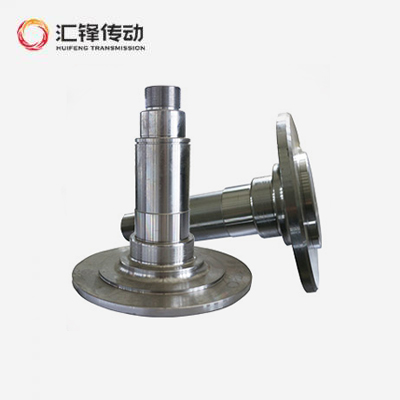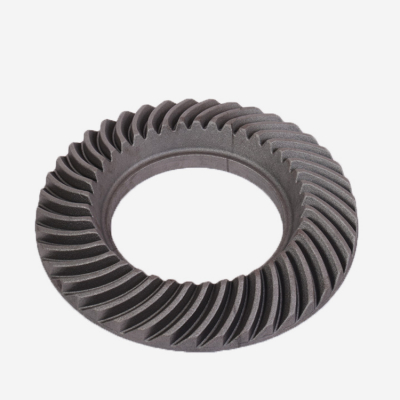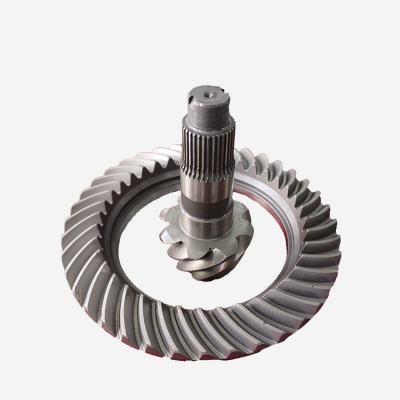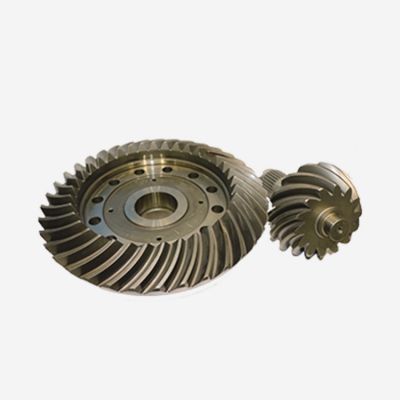What is the harm of torsional vibration and vibration of drive shaft
The vibration of the drive shaft has many hazards, such as noise, reduced transmission efficiency, loose fit, and even broken parts, resulting in accidents.
Due to the high rotational speed of the drive shaft, its rotation time changes. When it is unbalanced, it produces large centrifugal forces of different sizes and directions. Light ones will cause vibration, and heavy ones will cause bending and twisting deformation, which will increase the wear of drive shaft splines, intermediate bearings, universal joint cross journals, etc. In severe cases, the body will vibrate, the transmission shaft will also produce strong noise, and the steering wheel will tremble and numb, making the car unable to drive at high speed.
As follows: The method of judging the torsional vibration fault of the automobile transmission shaft:
1) Fix the gear plate vertically on the transmission shaft, and fix the magnetoelectric sensor on the vehicle body through the bracket, so that the magnetoelectric sensor is perpendicular to the gear plate, and the distance is less than 2 mm. ;
The second is to connect the sensor with the test collection device, conduct tests according to different working conditions, and record the data collected by the magnetoelectric sensor;
Use Brahms software to process the above data, convert the time domain data into frequency domain data, and draw the rotation speed-torsion angle curve;
When the curve has an obvious peak, it is a problem to judge the torsional vibration of the car drive shaft.
Abnormal noise of the transmission shaft: due to the wheels jumping up and down during driving; the output end of the gearbox is far away from the input end of the drive axle, and the distance is constantly changing due to the fluctuation of the wheels during driving.
The damage, wear, deformation and loss of dynamic balance of the transmission shaft will cause abnormal noise and vibration during the driving of the car, and in severe cases, it will cause damage to related components. When the car is running, it will make a "Gordon" sound when starting or accelerating rapidly, obviously showing the feeling of loose parts. If the driving gear of the drive axle is not loose, it is obviously the loose part of the drive shaft. The loose parts are nothing more than universal joint cross shafts or steel bowls, flange forks, spline shafts, and spline sleeves for telescopic sleeves. Generally speaking, the gap between the diameter of the cross shaft and the bearing should not exceed 0.13mm, and the meshing gap between the telescopic spline shaft and the spline sleeve should not exceed 0.3mm.




